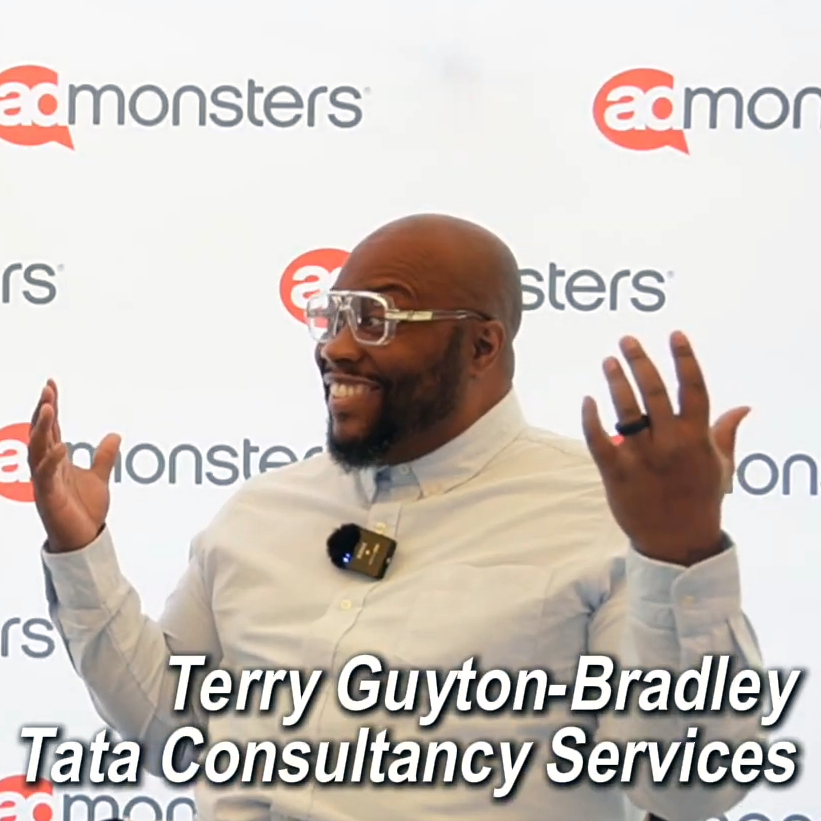Disruption is a major issue for marketers: how can they and their brands be disruptive and, on the flip side, how can they prevent being disrupted themselves.
As an example, Uber burst onto the scene in 250 cities across 50 countries. That took less time than it takes the average person to graduate college. Uber disrupts well-established businesses, including New York City’s Yellow Cabs that have been ferrying people around the city since 1907. Blockbuster, Nokia and Kodak are among others that have been disrupted right out of business.
“What has changed is the speed in which change is happening and new business models are scaling,” said Bradley Jakeman, president, global beverage group, PepsiCo, at an ANA conference. “This notion of having a healthy paranoia [is not unfounded]. We have to, as a marketing industry, media industry and agency industry, continue to think about ways that we can be disruptive.”
Jakeman said he doesn’t pretend to have the answers, but that the first step is to internalize the problem and think about it: To think about how to prevent somebody–more interesting to the consumer than the existing business model–from coming in and taking over, and how to invent and transition to that before somebody else does.
“I’m talking about a fundamental change in the business model,” he said. “A fundamental way of approaching marketing; a completely new way of doing business. I try and drive this notion in the organization that unless were constantly thinking about how we disrupt ourselves someone will come along and disrupt us.”
Concern over the impact of threats from more agile competitors saw the biggest year-over-year increase, jumping from 67% to 75%, according to the most recent survey, “Marketing Disruption II,” conducted by the ANA in conjunction with GfK, a global market research firm.
The focus on investment to counteract that competitive challenge over the next one to three years jumped from 51% last year to 66%. In addition, the survey found that many marketers are also breaking down some of the organizational barriers that traditionally hamper agility and flexibility, with a 65% increase in the shift to networked organizations.
Technology remains a significant disruptive force, with concern for the impact of the Internet of Things increasing almost 20%.
“It’s not that change is happening. The big news is the pace at which this is happening–that should make us more nervous and more paranoid,” PepsiCo’s Jakeman said. “Expecting what you did last year to work this year is a high risk.”
This article was first published in October 2015 and is updated frequently.
Related article:




